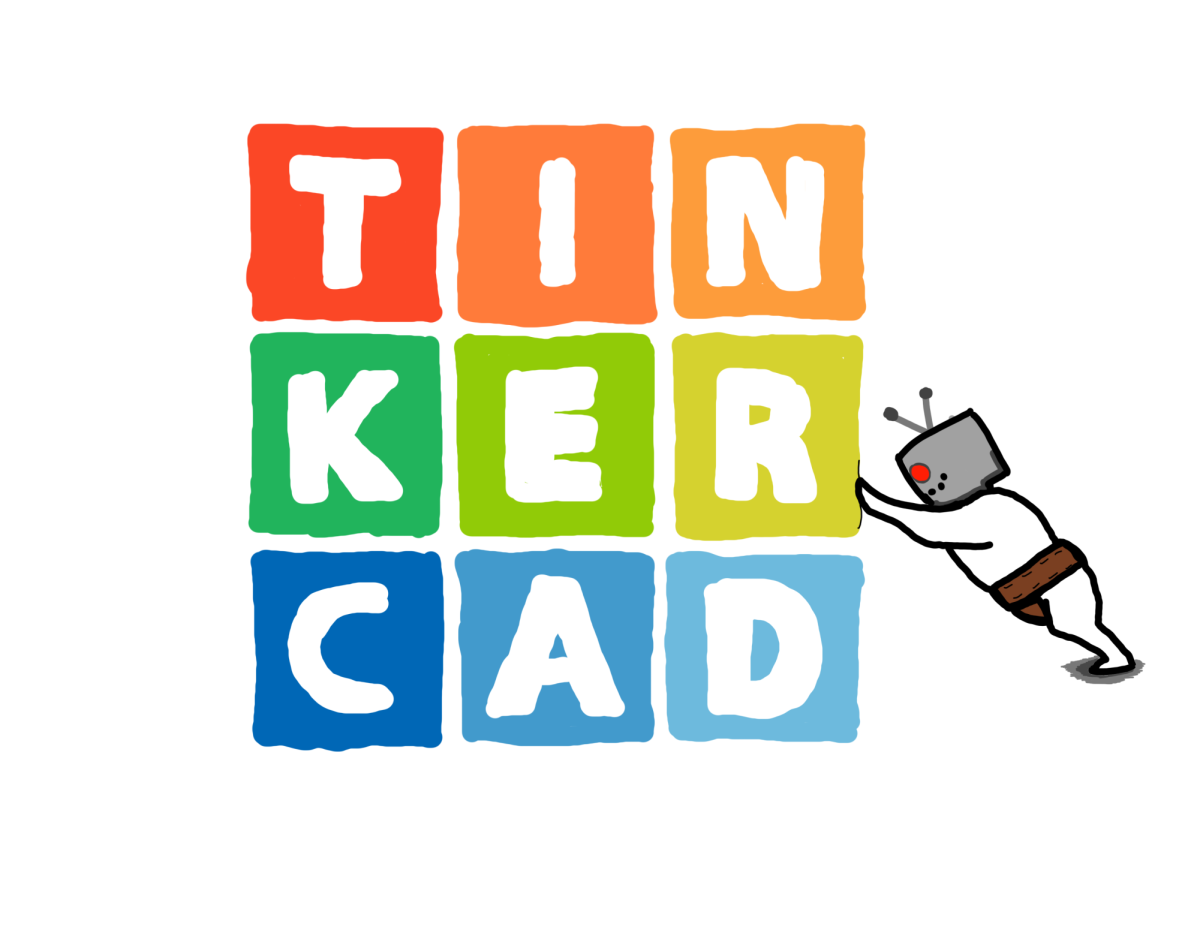This year, the Lancer Robotics board is introducing a new fall challenge for their club: Sumobots. The club is an intra-school competition featuring 15 teams that are challenged to design and build 3D printed robots that fight each other to the death—specifically push each other out of the playing field. Unlike its predecessor Soccerbots, which emphasized fabrication, Sumobots focuses on Computer-Aided Design (CAD) and 3D printing. While fabricating Soccerbots involved using power tools and materials like wood, this updated challenge utilizes CAD, a 3D modeling software, to create designs that are then produced using 3D printers.
The game draws inspiration from sumo wrestling, hence the name Sumobot, and shares the objective of pushing the opponent outside of the playing field. Traditional sumo wrestling features two wrestlers using any technique to push the other out of a large, circular ring. In this competition, robots take their place as ‘sumo wrestlers’, uniquely designed to outmaneuver and defeat their opponent. The competition consists of two types of matches: a qualifier and a playoff. The qualifier match begins with 15 seconds in autonomous mode, which requires the robots to be moved through pre-programmed operations; it’s followed by 75 seconds in teleoperated mode, where the robot is operated by the team’s drivers. The playoff match has 15 seconds in autonomous mode, and then the rest of the match is teleoperated until one team wins.
In order to be the best, the teams must create the best robot—a sumobot that can overpower any opponent. This is where design becomes crucial. Although theoretically, the design possibilities could be infinite with varying levels of chaos, each must comply with the competition’s specific rules and constraints. Some of the requirements include a maximum weight of one kilogram for the robot and maximum dimensions of 15 by 15 centimeters (height unbounded) for the robot. Unlike traditional sumo wrestlers, whose strength relies heavily on weight, a sumobot’s design must prioritize technique and use of its available limbs to topple its opponents. From this point, teams are given creative freedom to model their robot’s chassis—the structural framework—entirely in Tinkercad. Teams must balance keeping their robot light and within the spatial requirements while allowing for the many chips, sensors, and motors it needs. Most sumobots end up resembling a simple bulldozer, typically with two wheels and a large computer chip on top with neatly organized wires.
Once the initial design is complete, teams must code, assemble, and test their robot. Coding is done in Python, and aside from the chassis design, assembly is minimal. However, testing is time-consuming, as numerous issues can arise: the chassis might not fit the motors, the code could malfunction, the robot might break, and so on. When making any robot, teams inevitably encounter setbacks, but must be able to fix those mistakes. With each iteration of a team’s sumobot, it gets better and better until finally, it’s ready to push the opponent and win.






































































